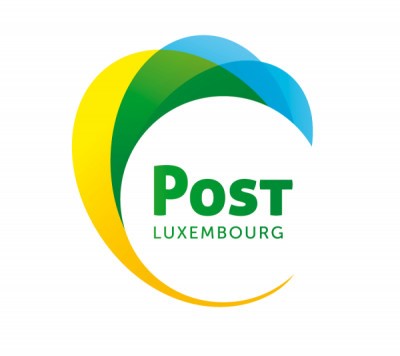PAGE CONTENTS
Objectives
The project main objective is to develop and demonstrate international use cases for Quantum Key Distribution (QKD) in operational IT environments. In view of demonstrating in-the-field global capabilities, the development activities leverage space and fibre-based QKD sub-systems, in combination with Post-Quantum Cryptographic (PQC) elements to ensure optimal reach and resilience. Initially, the scope of the project is to connect QKD trusted nodes in Luxembourg, Belgium and Singapore. In follow-up phases, the network is expanded geographically to other European and non-European countries.
The system architecture design and project management tasks are fulfilled by Starion Luxembourg, working with POST Luxembourg, the University of Luxembourg’s SnT, HITEC Luxembourg, evolutionQ (Canada) and SpeQtral (Singapore). The project is funded through ESA’s ARTES Public Partnership Programme and by the Singaporean Office for Space Technology & Industry.
The INT-UQKD hybrid network architecture includes seamlessly both optical fibre links and satellites in low-earth orbit. For the satellite based QKD links, two Optical Ground Station (OGS) are built in Luxembourg and Singapore. The first demonstrations via satellite are carried out via the Speqtre and Speqtral-1 satellites under construction by European partners.
The final aim is to align the capabilities and service offering of INT-UQKD with the requirements of various national QCI programmes, and notably with the EuroQCI and EAGLE-1 programme.
Challenges
With the emergence of quantum computers in future, threatening many existing cryptographic techniques that underpin today’s global communications networks, new quantum safe technologies need to be developed and validated to safeguard critical data communication services and IT infrastructures in the post quantum area.
Quantum Key Distribution (QKD) uses quantum mechanical properties of electromagnetic waves, or light, together with specific optical communications infrastructure for sharing secured keys between two or multiple sites and building trusted nodes for secure communications.
For cost-efficiency reasons, and for the integrating with existing last mile local networks, the QKD solution developed in this project is complemented by Post Quantum Cryptography (PQC) elements to provide an optimal, sustainable and overall secure solution, designed to be quantum resistant across a wide range of interconnected networks. Since QKD and PQC are fundamentally dissimilar, they provide in a complementary set-up, a nested solution removing potential single points of failure. The key challenges reside in the provably secure combination of QKD and PQC components within a unified system, interfacing with existing infrastructure and reaching last-mile user networks.
System Architecture
The high-level project architecture is shown in the figure below:
The system compromises the following building blocks to deliver quantum safe data services:
-
QKD connectivity between core customer sites that become the backbone of the network. They can be either
-
Terrestrial: implemented over existing terrestrial optical fibre communication networks.
-
Space: through low-earth-orbit (LEO) satellites capable of exchanging keys through a free-space optical quantum channel.
-
-
PQC connectivity to remote endpoints, enabling secure connectivity using classical communication channels (such as 5G/6G, RF link or ethernet).
All critical system interfaces between the client and INT-UQKD network are owned by the users, building trusted nodes and allowing users to seamlessly add quantum secure communications to their internal processes.
The system architecture is modular, allowing future extensions, both to enhance the technical capabilities and to expand the network geographically.
Plan
The INT-UQKD project is structured in phases.
During the initial phase, the use cases, system requirements, system architecture and interfaces are defined. For first demonstrations of the key sharing concept, an experimental QKD link between Luxembourg and Belgium is established using a cross-border optical fibre.
In parallel, the satellite ground system design is finalised based on the requirements for the SpeQtre and SpeQtral-1 QKD satellites, provided by SpeQtral. This is followed by a long distance QKD and PQC service delivery demonstration between Europe and Asia combining space and terrestrial optical fibre networks demonstrating the global reach and technical capabilities. In follow-up phases, the network is expanded geographically.
Current Status
The INT-UQKD project started on September 13th, 2022. The project passed the Preliminary Design Review in September 2023. Initial demonstrations using an optical fibre link were conducted during Q3-2024. The Critical Design Review is planned for Q4 2024 and Q1 2025. The launch of the first, experimental satellite is planned for mid 2025, followed by the first operational satellite in 2026.





